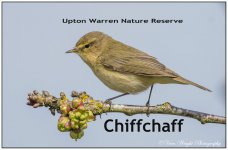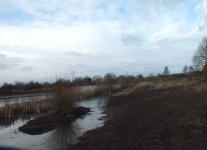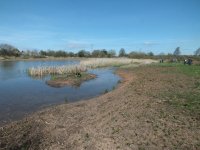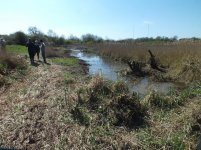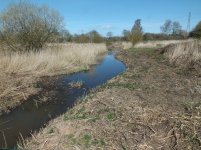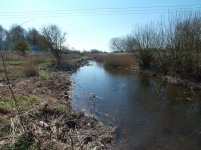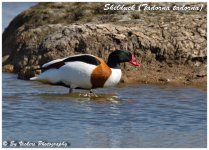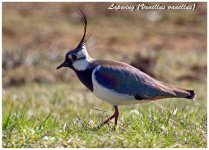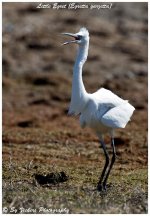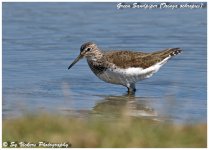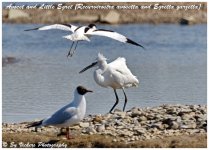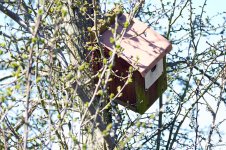work party today
16 of us toiled in the hot conditions, even hotter once the fire was lit.
Thanks to all the team, Bob O, Bob P, Bob R, Dave H, Janet, Jim B, John C, Neil, Paul M, Peter, Peter E, Ray C, Roger, Terry W, Tony B and me,
lots of jobs sorted today.
The main task was cutting the willows in the new eastern channel of the North Moors and the island in the SE scrape. The brash was later burned. This has really opened up the channel so should see that rare heron or crake that's going to appear soon !!

pic 1 shows before the work
pic 2 after the work looking north.
pic 3 looking south from the north end of the channel
The next task was clearing around the screens at the north end of the North Moors pool. The screen was also repaired
pic 4 the view from the north east channel looking north with east screen at the end of the water.
pic 5 looking south from the east screen.





